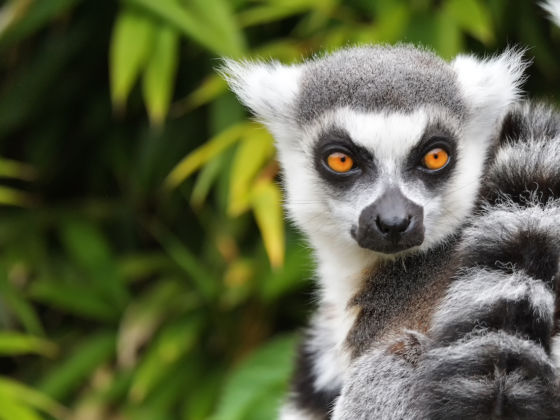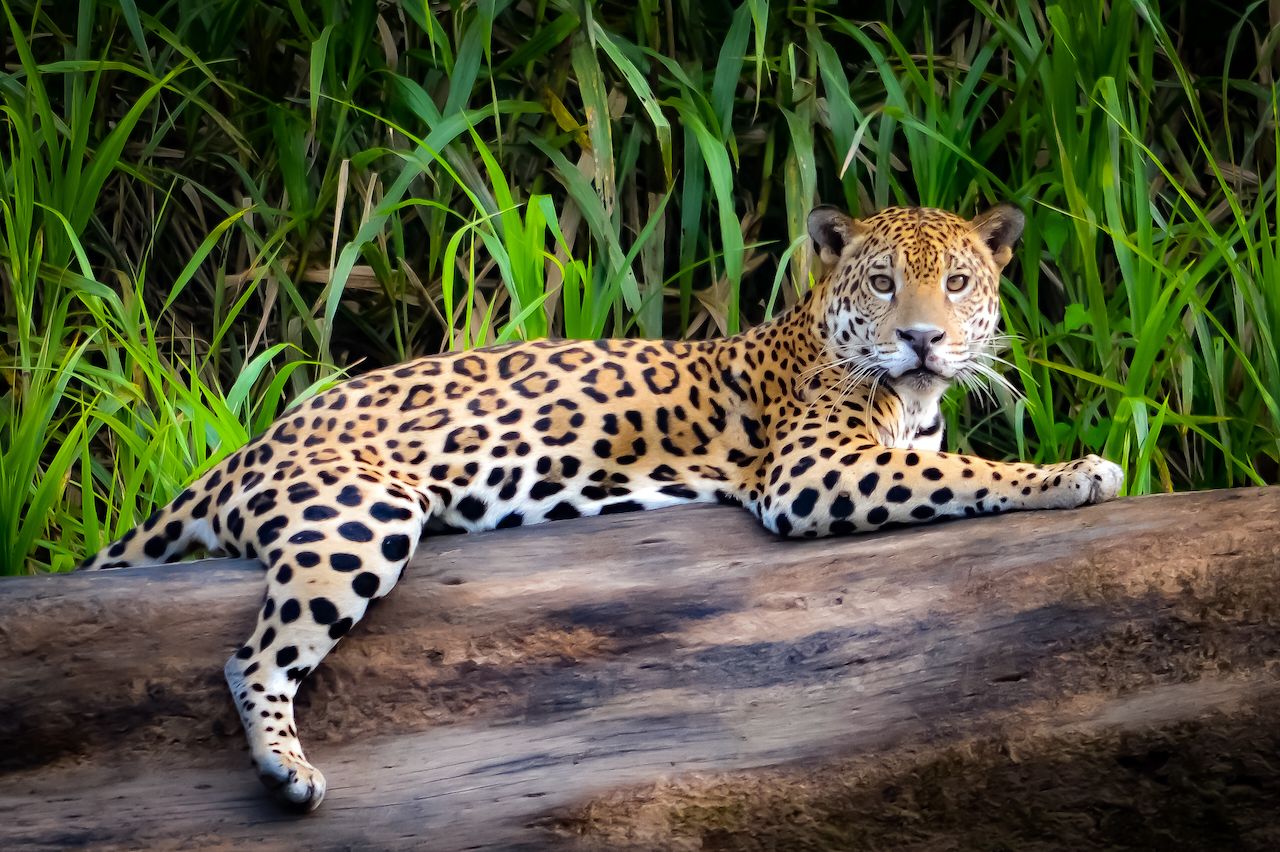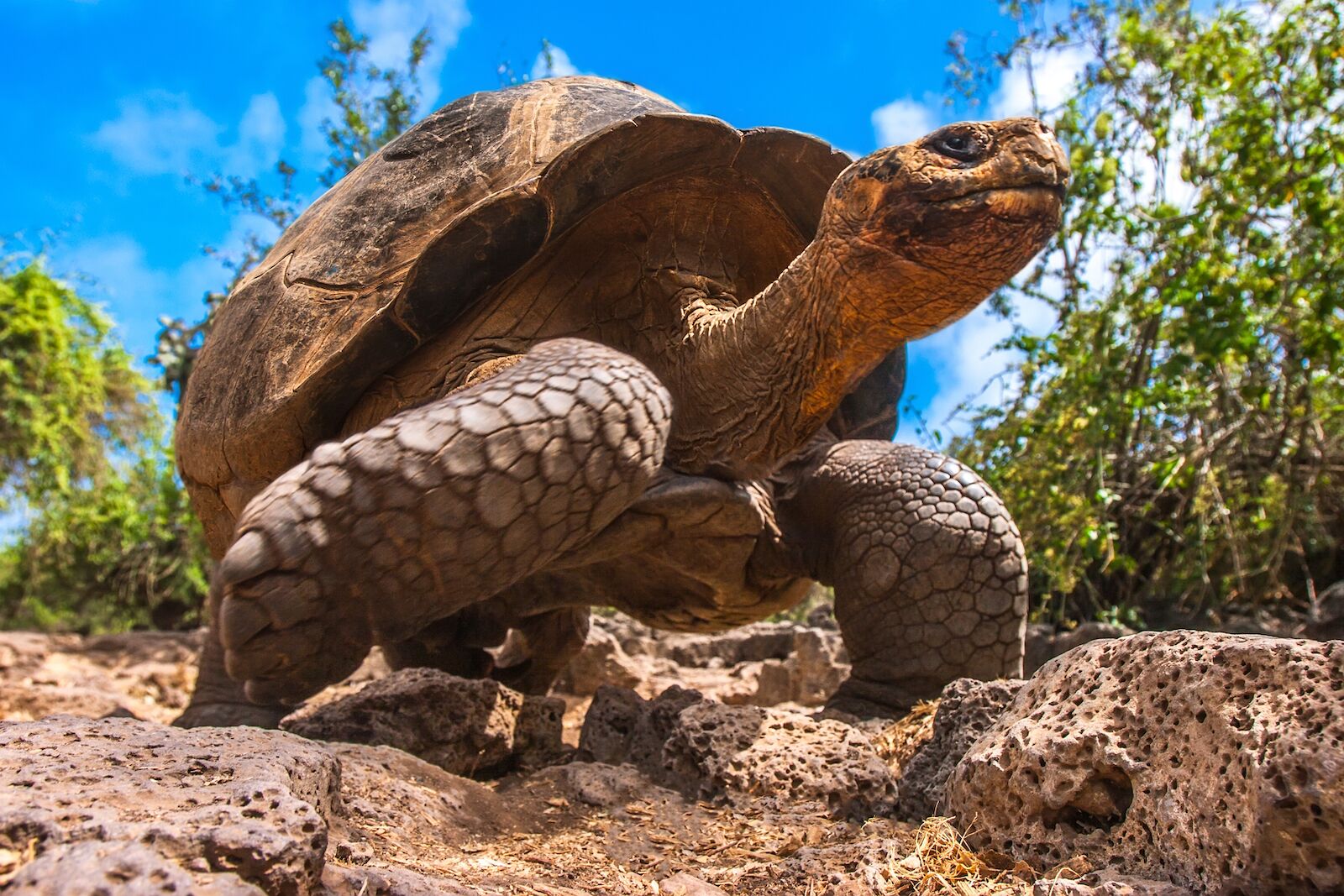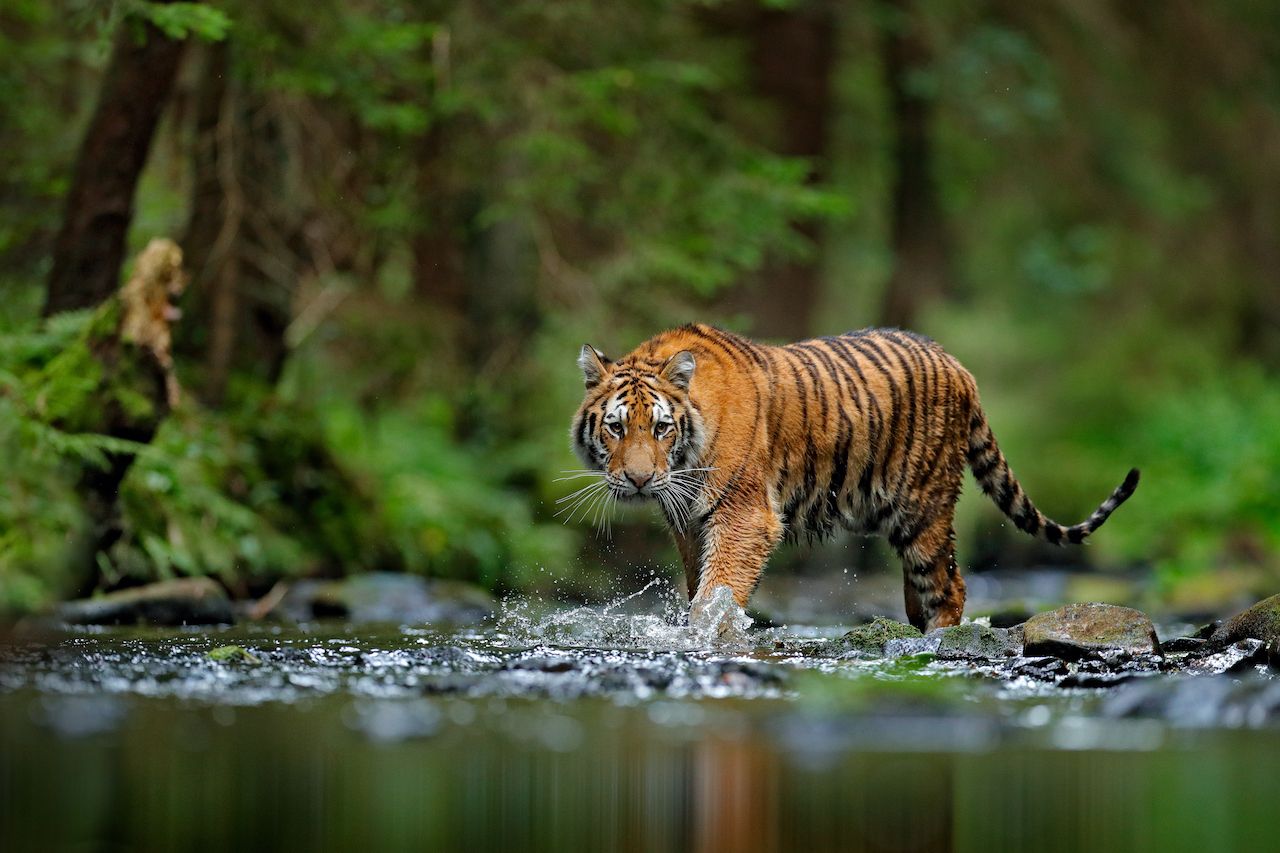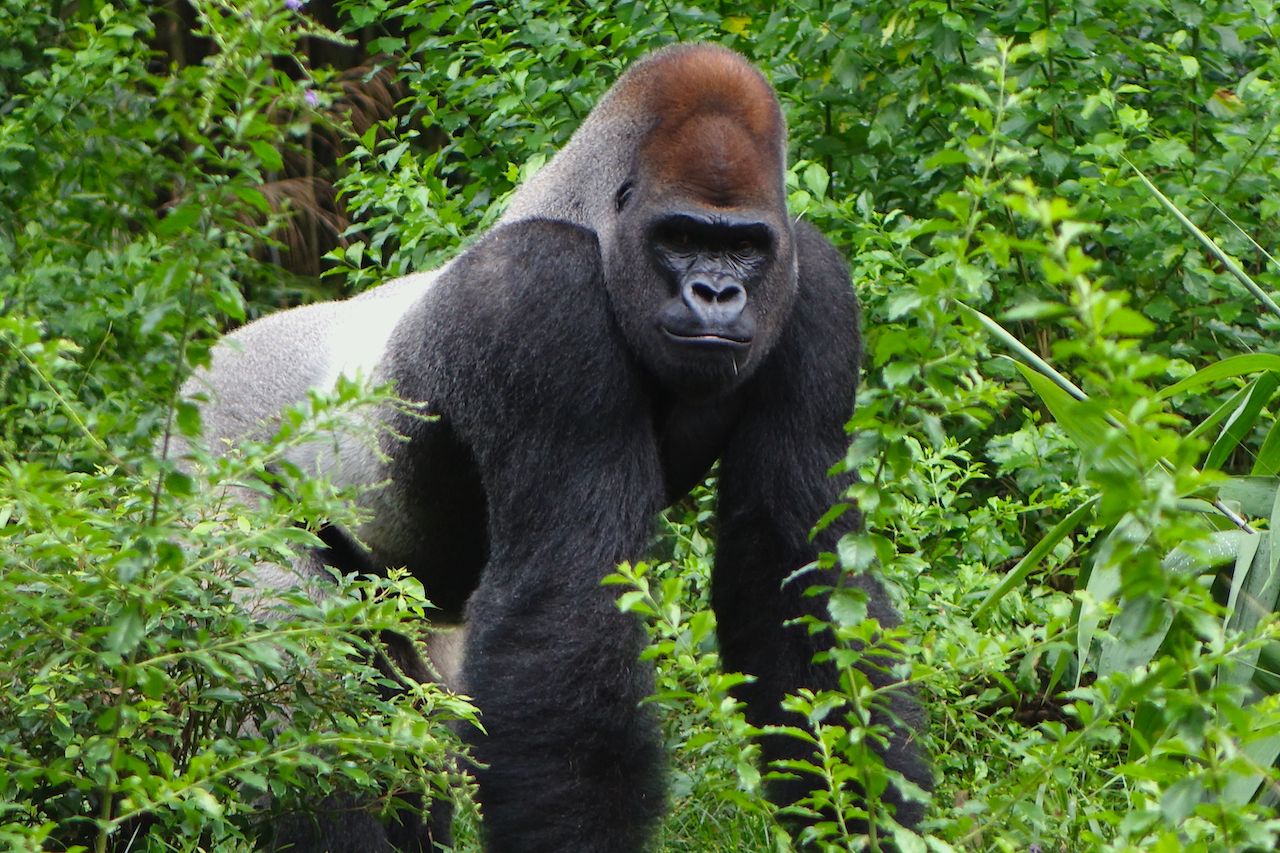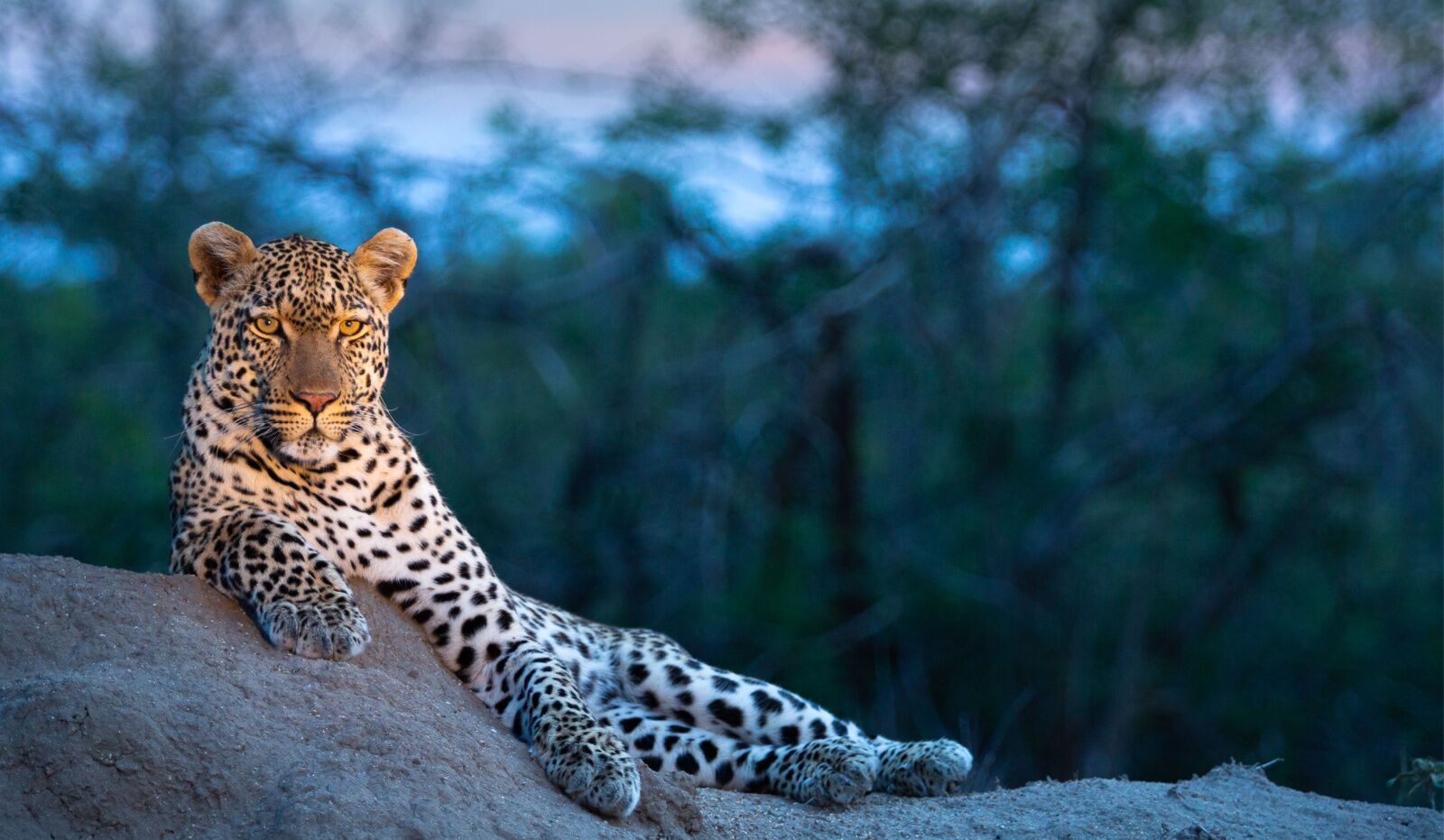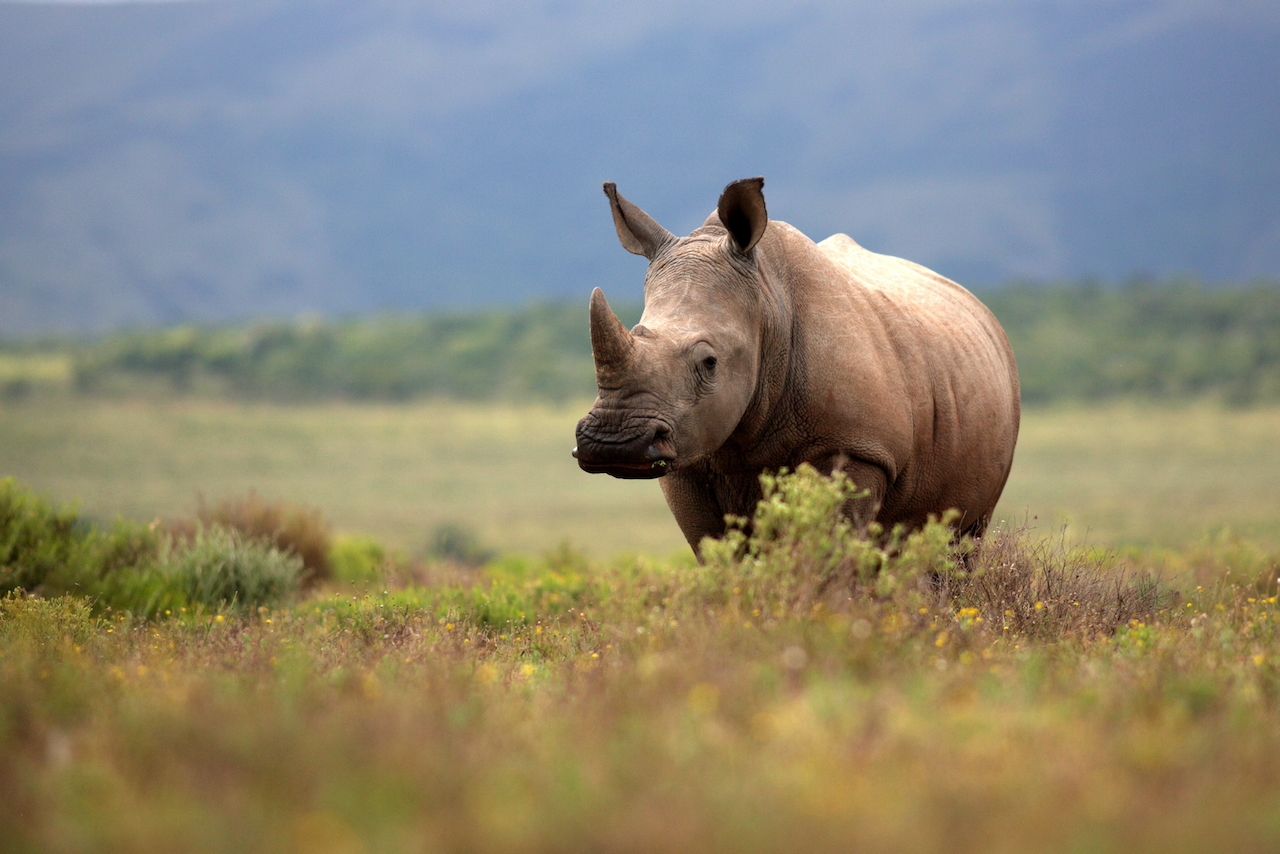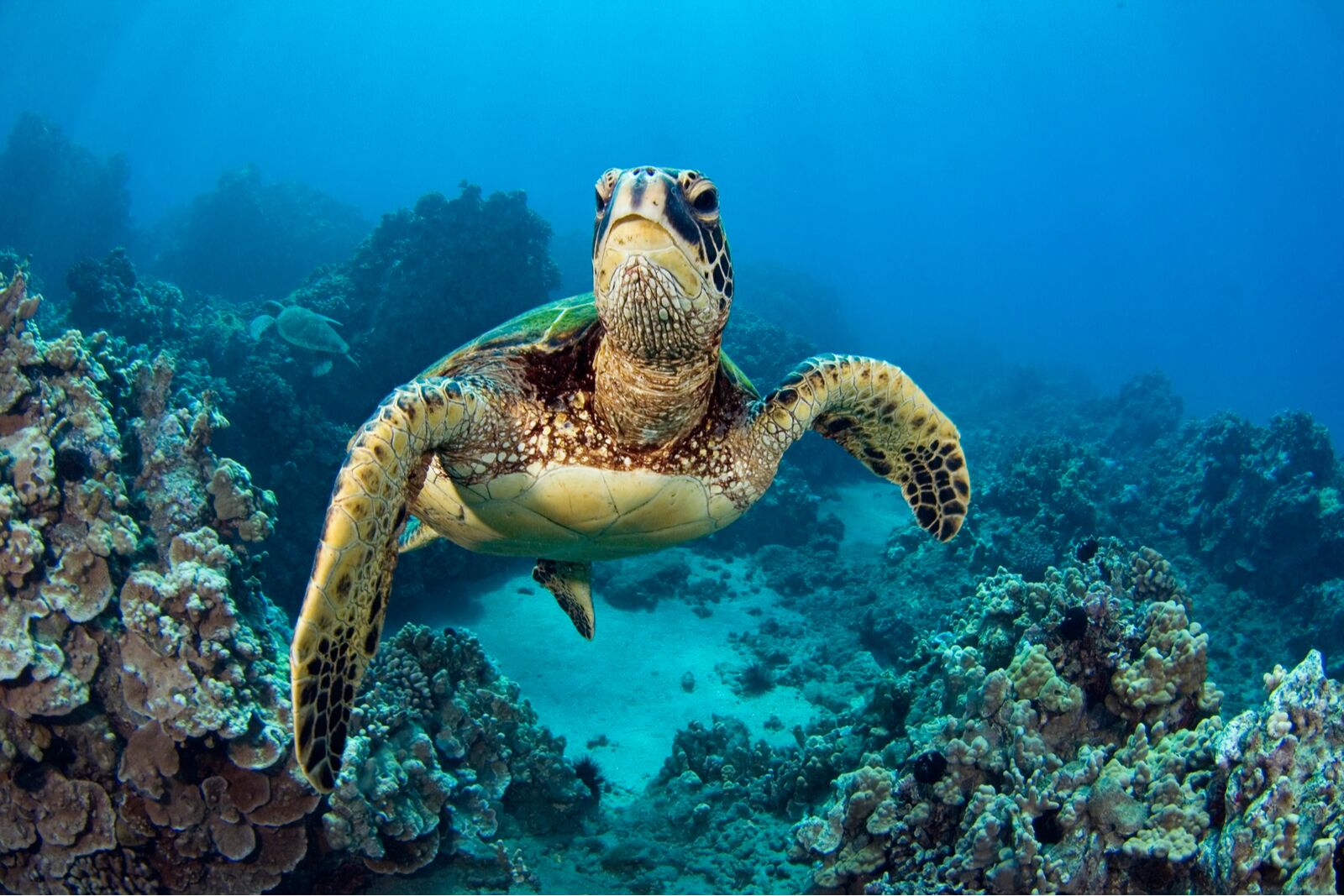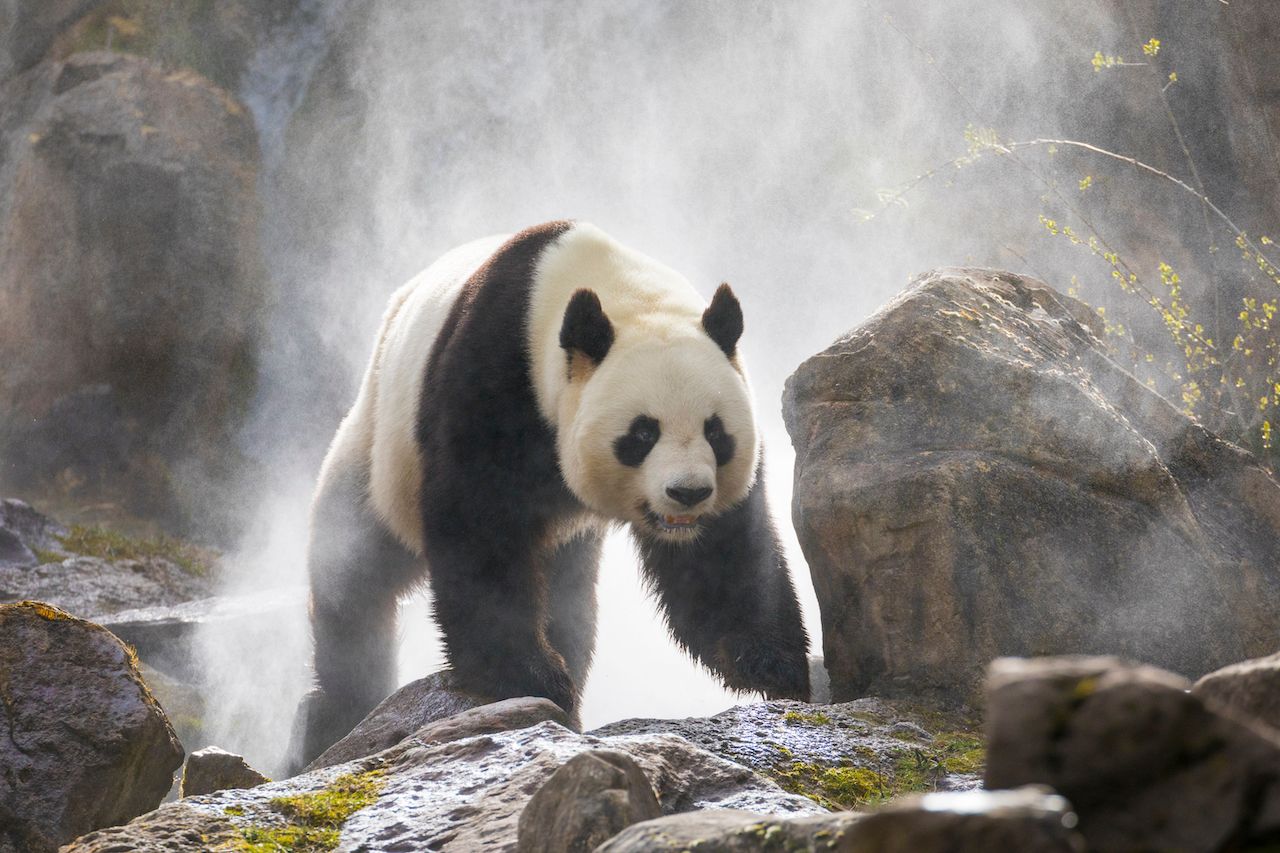Here’s a wish-list of the best countries to visit for spotting rare wildlife. (In every case, we’ve focused on destinations that support conservation efforts and sustainable tourism.)
1. Cheetahs in Namibia
In 2007, there were an estimated 4,000 cheetahs in southern Africa. Most recent estimates suggest that the population has climbed to over 6,000 with Namibia having the largest cheetah population worldwide. As of 2015, over 3,500 cheetahs inhabit Namibia.
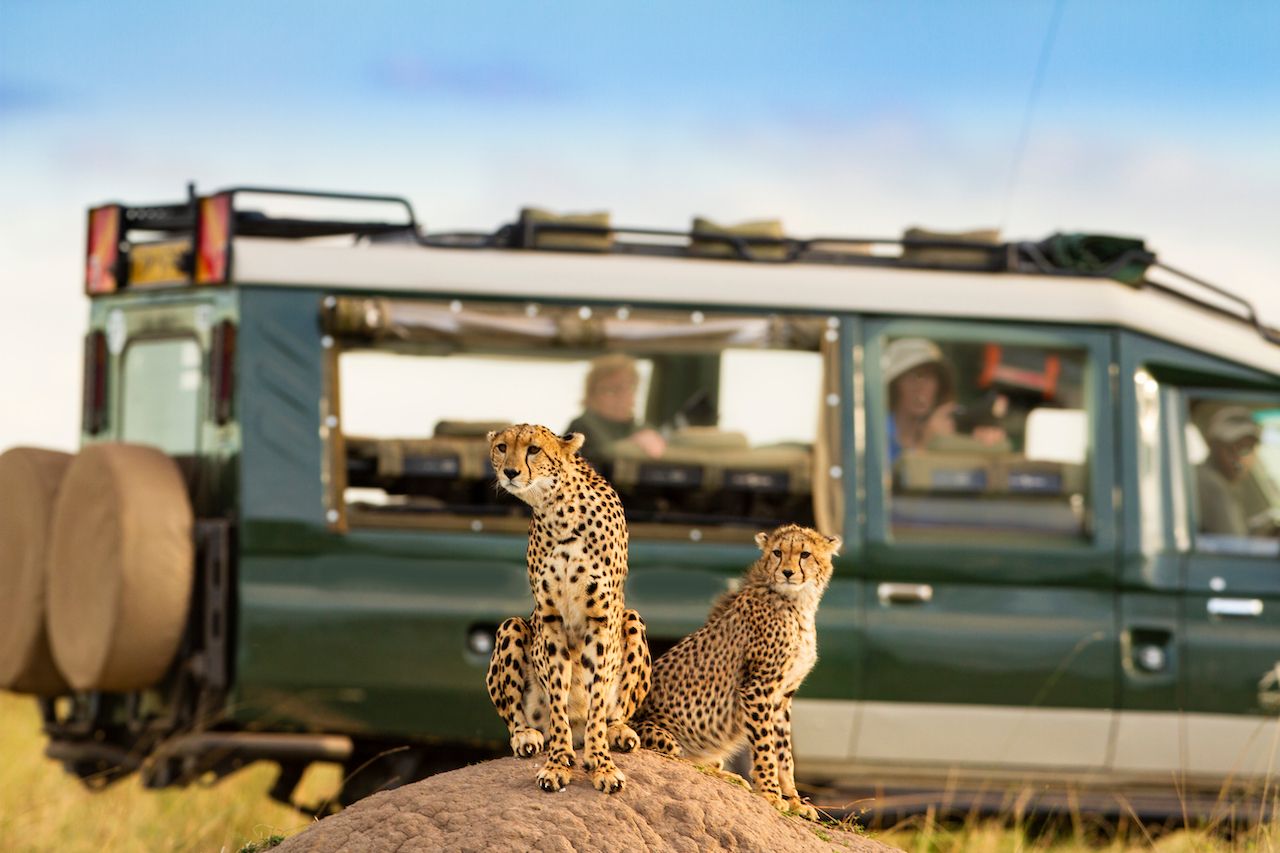
Photo: Anuradha Marwah/Shutterstock
Even though most Namibian cheetahs are spread across unprotected areas, the country remains the best place to see these glorious creatures in the wild. Etosha National Park offers the best chances along with the private Okonjima Nature Reserve where the AfriCat Foundation’s headquarters are based.
